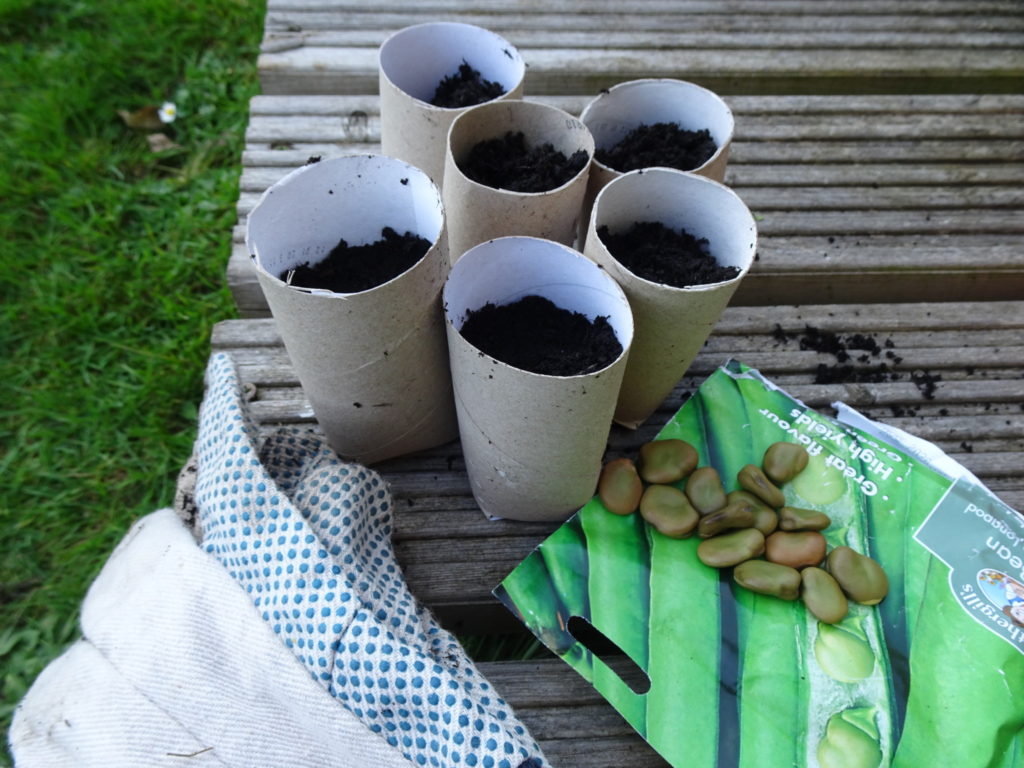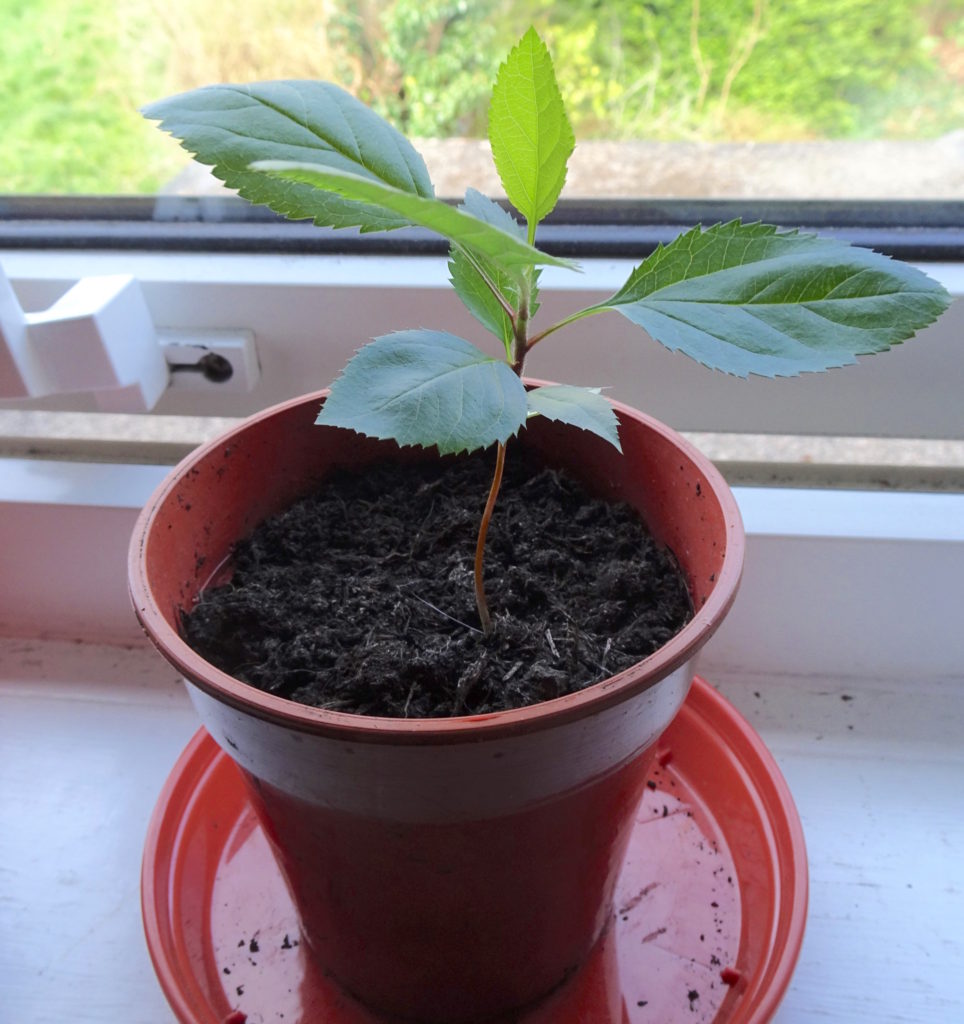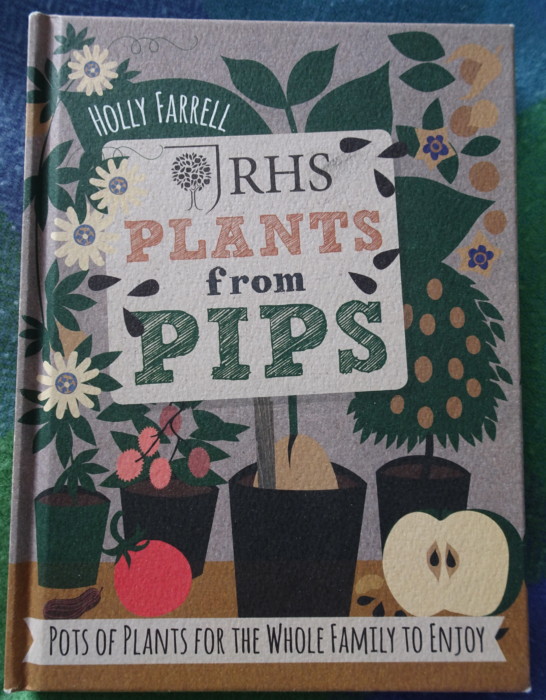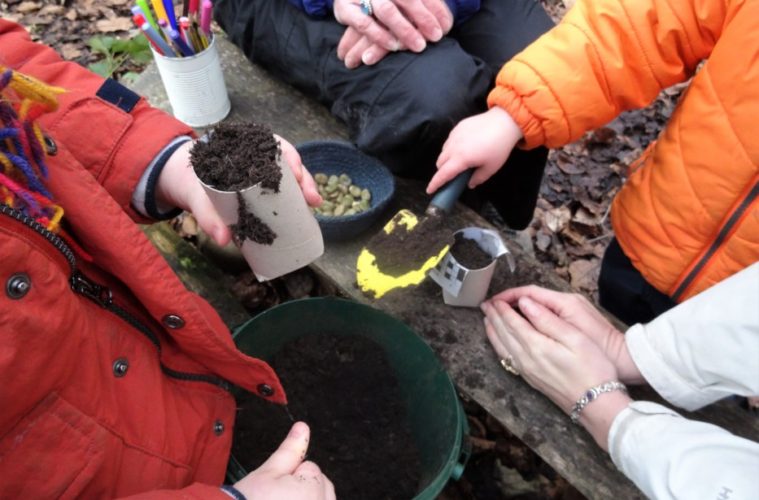Tania Orgill from PlayWood Forest School explains how gardening with children can be such an enjoyable and educational experience
Last week my daughter and I had a lovely afternoon in the sunshine planting seeds. Fortunately we had a few packets of flowers and vegetable seed, so picked out the ones that were best planted in March, putting aside the packets we could return to in April. Now these pots are shared between our mini greenhouse stand and the windowsills in the house. With care and patience, they will hopefully grow into successful plants – in fact, the pot of cat grass for our cats is already a few centimetres tall!
Gardening is an important skill to teach children and through it they will have a greater understanding of where food comes from, the lifecycle of plants, how to care for plants, the important part that insects play in the life of a plant, the weather and, maybe more importantly in this period of having to stay at home, it might help them understand time and being patience.

To enjoy growing a plants you do not need to have lots of packets of seeds, a good collection of pots and a greenhouse – you can improvise with the things you have around you. As you can see from the photo above, I have planted broad beans in pots made from the cardboard inside toilet rolls. By cutting four slits at the base of the roll, you can fold the cardboard at the bottom to create a base, then fill them with soil and start your own mini garden.

We have also dried the seeds from peppers and chillies and planted them. A few weeks ago my daughter planted some seeds from an apple she had eaten – now they are healthy plants, as you can see from the photo above. You can also cut the tops off some vegetables and watch the tops grow – carrots are good for this and yesterday I started the top of a swede. We have also planted onions and garlic that have started sprouting.
Gardening with children is also a great way to introduce other learning opportunities. It can be great fun to create diagrams showing the growing process – from seed to fruit – of plants, or to learn the names of the different parts of a flower. I’ve seen children fascinated by measuring the heights of their growing plants, even producing graphs to show how much they grow each week.
There’s also the chance to understand pollination, seed dispersal and the lifecycle of a plant or tree. In this way, they can understand what part insects can play in the process and how important it is for us all to look after these crucial little critters.
If you don’t have the space to enjoy your own planting, maybe you could study the plants in your area as you go for walks, noting how they change over the coming week.

I can recommend the RHS book Plants from Pips by Holly Farrell, a book for all the family, and more gardening with children information can be found on the following websites:
https://www.bbc.co.uk/cbeebies/grownups/7-tips-for-gardening-with-children
http://www.bbc.co.uk/gardening/gardening_with_children/
https://www.gardenersworld.com/how-to/grow-plants/10-gardening-projects-for-kids/
And once your plants start to grow, I’d love to see the results. Please do feel free to send over photos to my Facebook page, which you can find here
Happy growing!


